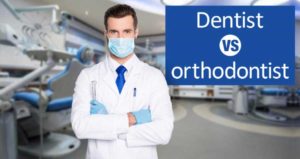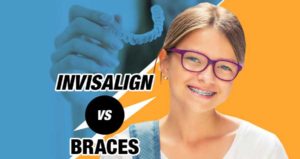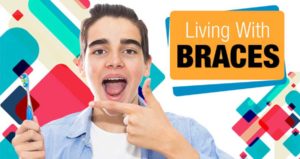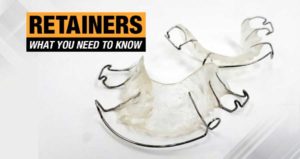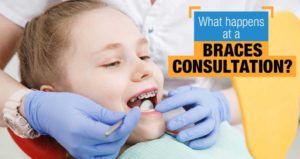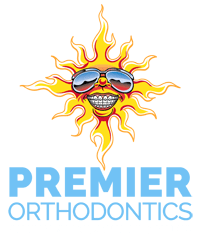chapter
07
Orthodontic Expanders & Other Appliances: How They Fix Your Child’s Bite
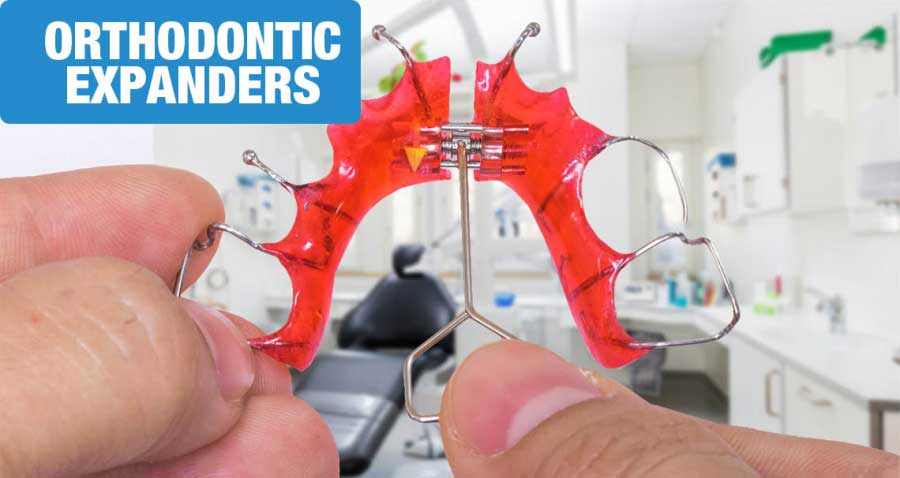
In addition to braces or Invisalign your child may require any one of the following appliances:
- Orthodontic expanders to match jaw size and tooth size
- Habit appliances to eliminate thumb sucking
- Space maintainers to prevent future crowindg or bite problems
- Retainers to prevent crowding and shifting of teeth
- Functional appliances to help improve facial balance
- Early treatment and growth modification
While some of these services may seem self-explanatory to you, others may not.
In this chapter, we will elaborate on orthodontic expanders and other appliances your child may need now or in the future.
Orthodontic Expanders
As your child’s teeth begin to grow in, there’s a lot more at work than mere gum lines, tooth fairies, and molar size.
When the upper and lower teeth grow at different rates, or even when the lower jaw grows disproportionately with the upper jaw, something known as a “crossbite” can occur.
One of the primary reasons orthodontic expanders or palate expanders are used is to correct crossbites.
Orthodontic expanders are used to widen the child’s upper jaw to create space for adult teeth and correct misalignment.
Your child might have a crossbite and need an orthodontic expander if, the lower jaw is out of line with the upper jaw (kind of like a box that won’t close right because one of the hinges is bent).
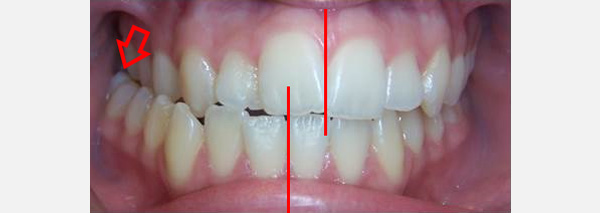
If Your Child Has To Shift Their Jaw Left or Right to Close All the Way Down, They Likely Have a Crossbite and Will Need an Orthodontic Expander.
As you might imagine, these developments can lead to short- and long-term discomfort for your child.
How, When, and Why Crossbites Form
You might be amazed to find out how many ways a crossbite can form as your child grows and develops during his or her formative years.
Heredity is one key to jaw growth, or alignment. So is the size of your child’s developing jaw.
Another reason for potential crossbite is if it takes your child too long to lose his or her baby teeth.
Believe it or not, something as basic as whether your child breathes through her nose or her mouth can also contribute to a crossbite.
How Can I Spot a Crossbite?
Still, here are some of the telltale signs your child might be cultivating, or already suffering from, a crossbite, and may need an orthodontic expander:
- Snoring
- Difficulty breathing
- Chewing on one side of the mouth or the other
- The upper and lower teeth don’t match up
- If your child’s chin seems “off center” or disproportionate
- If your child has to shift their jaw left or right to close their mouth
How to Correct a Crossbite With a Palatal Expander
Where should you start looking for treatment if you’re concerned about your child’s jaw development after reading this section?
If you suspect your child might have a crossbite, you should have an evaluationion done by an orthodontist.
There are many possible treatments available for a crossbite, and your orthodontist can work with you closely to make the right and specific decisions for you and your child.
Most of the time, some type of orthodontic expander will be used. Based on the severity of the crossbite, different types of expanders will be recommended. Palatal expansion is a common orthodontic procedure used to widen the upper jaw, with applications in correcting crossbites and creating space for proper tooth alignment.
A quad helix is an orthodontic expander that is designed to expand the upper teeth. It is “automatic” and doesn’t require any manual adjustment or turning.
Crossbites that are less severe can oftentimes be corrected with this type of orthodontic expander. A quad helix is usually worn for about 6 months and can be used with or without braces for your kids.
Children or adults may receive this type of orthodontic expander depending on the type of tooth or bite problem that needs to be fixed.
A Second Type of Orthodontic Expander - an RPE Appliance
An RPE is a palate expander that is used in more severe cases to widen both the teeth and the upper jaw. A small key is used to manually turn the expander (usually once a day).
This is done by a parent, usually at night time before the child goes to bed.
This type of orthodontic expander is worn for about 6 months. While it may look big and intimidating, children actually get used to it quite quickly. At the time of removal, most kids report that they have almost forgotten that it was even there.
Children between the ages of 7 and 15 may benefit from this type of expander.
At What Age Should My Child Have Their Crossbite Fixed With an Orthodontic Expander for the Upper Jaw?
When should you start? When it comes to strong preventative measure and the health of someone’s teeth, my answer is always the same one: as early as possible!
The same way an auto mechanic would tell you to take care of that oil leak, a bulging tire, or faulty timing belt sooner rather than later, myself and my colleagues in orthodontics will always favor early treatment to later.
Crossbites are often closely linked with other orthodontic issues, such as teeth alignment, jaw size, and growth, so naturally, the sooner you address any or all of these issues, the better off you’ll be.
Finally, What is The Danger of Leaving a Crossbite or Narrow Palate Uncorrected?
Crossbites can lead to pain, discomfort, and permanent tooth damage.
Not only can crossbites become physically uncomfortable if left untreated, but if the misalignment or root cause of the bite isn’t fixed early in childhood, then the child’s appearance and, ultimately, confidence could be affected as the crossbite becomes more pronounced in adolescence.
Orthodontic Appliances to Fix Underbites
Your child may have an underbite if the lower jaws are out of alignment, so instead of the top and bottom front teeth meeting “naturally” as they should, the front teeth fall somewhat behind the lower teeth.
This is called an “underbite” or an “anterior crossbite”. Your child may have just a single tooth that is in an anterior crossbite, or it could be all of the front teeth.

An example of a single tooth anterior crossbite

An Example of a Full Underbite or Anterior Crossbite
Anterior crossbites or underbites should be corrected early. These types of bites usually get worse with time and become more difficult to fix.
Minor Underbite Correction
Even mild underbites should be fixed early to prevent possible damage to the teeth and to avoid jaw growth problems.
Single-tooth crossbites or mild underbites can be uncomfortable and painful. These types of bites will put extra wear and tear on the teeth and may result in permanent tooth damage.
Mild underbites can be corrected in young kids using braces. This can often be completed in as few as 6 months.
Correcting mild crossbites will help to prevent future problems including chipped teeth, jaw growth imbalances, and chewing discomfort.
Face Mask Appliances for Severe Correct Severe Underbites
Depending on the severity of the crossbite, braces alone may not be sufficient. An “orthodontic face mask” may be the best recommendation to correct a severe bite problem.
An Orthodontic Face mask Appliance
An “orthodontic face mask” is an appliance that is used to correct severe underbites in young patients. This appliance can help prevent the need for surgery by correcting jaw imbalances while your child is still growing.
Not every child with an underbite will require an orthodontic face mask. But, if a face mask is recommended for your child, do realize that it could potentially save you from years of future treatment, plus save you thousands of dollars in surgical costs.
Orthodontic face masks are usually worn at night time and after school, so your child doesn’t have to worry about being embarrassed or wearing the appliance in public.
If worn 8-12 hours a day, it can work in as few as 4 months to correct a severe underbite.
Notice how many times I’ve mentioned genetics as a major cause of tooth trouble? Well, if your child has an underbite or if you have a family history of underbites, it’s a good general rule to have your child evaluated by an orthodontist by age seven.
Starting early is key to success, especially when an orthodontic face mask is needed.
Orthodontic Appliances to Fix Overbites
Overbites can generally be corrected at the age of 10 or older. Depending on if the overbite is due to a tooth or jaw problem, different types of appliances may be recommended.
Appliances to Fix Overbites Due to Jaw Problems
If it is determined that the overbite is due to a jaw problem, a functional appliance may be recommended.
Functional appliances work by moving the lower jaw forward while a child is growing and help to redirect the growth of the jaws. This can help to give a child a better profile as well as correct their bite.
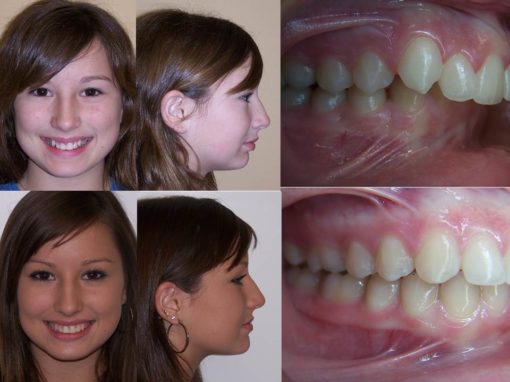
Actual Patient of Premier Orthodontics Treated With a Functional Appliance
One type of appliance used to correct overbites in young patients is a herbst appliance. This appliance is placed on the teeth for a period of 6-12 months and is gradually activated to help guide the child’s jaw growth into an ideal position.
Another type of functional appliance that may be recommended is the Invisalign First MA appliance. This works similarly to a herbst appliance, but it uses removable aligners rather than a permanent appliance to advance the lower jaw.
Appliances Used to Fix Overbites Due to Tooth Problems
If an overbite is due to just a tooth problem and doesn’t require a change in the profile, other appliances may be used.
One of these appliances is the Forsus appliance. Forsus springs work in combination with braces to push the upper teeth back and the lower teeth forward.
Forsus springs are used in teens and adults who are no longer growing, or in children who don’t require a change in the position of the jaws.
These springs are placed after about a year of braces, and they will stay in place for about six months, or until the overbite is fully corrected.
Space Maintainer Appliances to Prevent Problems
If your child has early loss of baby teeth, a space maintainer may be needed to prevent future crowing or bite problems.
More Than Just Braces…
As you can tell, there’s a lot more to orthodontic treatment than just getting braces for your kids. Just like each child is unique, so is every mouth. There’s no “one-size-fits-all” solution.
Obviously there are too many types of tooth and bite problems to list them all in this guide. There are entire text books filled with this information. (Which is why orthodontists go to 2 to 3 extra years of school to learn it all!)
This is why it’s important to visit a specialist who has treated thousands of orthodontic patients to have your child evaluated. You don’t want someone “learning on the job” when it comes to your child’s teeth.
Some kids may need an orthodontic expander, but certainly not all kids. Other kids may benefit from starting treatment early while others can wait until their teenage years.
What’s the major takeaway here?
The best way to find out for sure what your child needs is by scheduling an evaluation by an orthodontist.
Now that you’ve learned all about expanders and other appliances, let’s discuss life with braces for your kids and what to expect after orthodontic treatment has begun. Click below to continue reading in Chapter 8.
Schedule a Free Orthodontic Consultation For Your or Your Child
You can schedule a 100% free consultation for you or your child with Premier Orthodontics to find out if and when your child needs braces.




